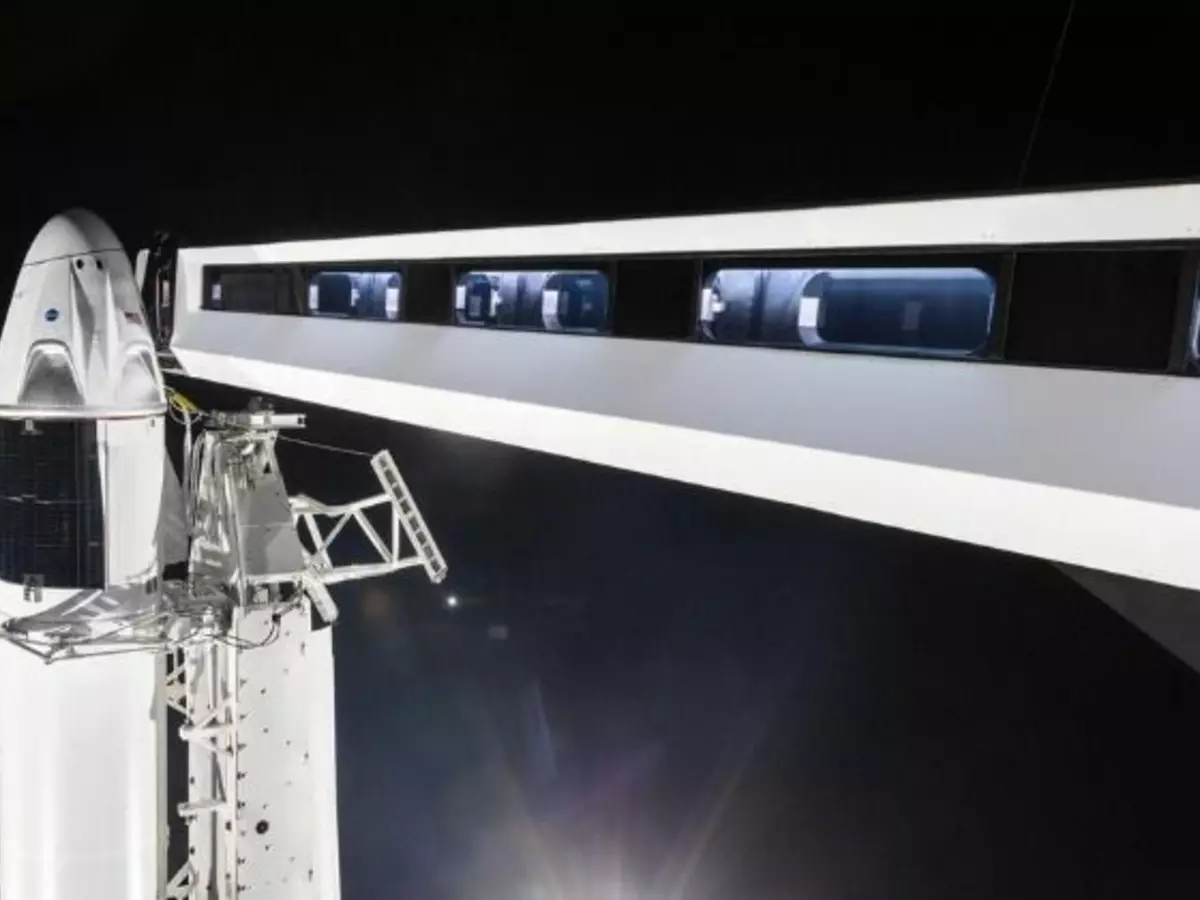Musk Says SpaceX's Upcoming Manned Flight Practice Run With NASA Is "Especially Dangerous"
SpaceX is just a month away from a milestone flight for them, their first commercial crew mission. And while it¡¯s a demonstration, so it won¡¯t have humans on boards, it¡¯s still crucial this doesn¡¯t fail.

SpaceX is just a month away from a milestone flight for them, their first commercial crew mission. And while it's a demonstration, so it won't have humans on boards, it's still crucial this doesn't fail. After all, the future of the US' space capabilities depends on it.

Officially, NASA had tabled this flight for January 17, but that deadline has become impossible thanks to work resolving technical issues, not to mention a loss of 90 percent of NASA's manpower thanks to the government shutdown.
So far, aside from its own missions, SpaceX has been responsible for launching NASA's satellites, and more recently sending resupply missions to the International Space Station. This demonstration is to prove the private company is capable of safely launching humans into space. It catapults them to the top of the industry as the only private company to be allowed to do this. And for NASA, it means freedom from having to piggyback on board Soviet spacecraft when sending astronauts into orbit.
About a month away from the first orbital test flight of crew Dragon https://t.co/U01Oxu3M7E
¡ª Elon Musk (@elonmusk) January 5, 2019
It's also a risky mission however, as this particular configuration of rocket and spacecraft have never been launched together. "Yes, will be extremely intense," Musk said in response to a question tweeted to him about this. "Early flights are especially dangerous, as there's a lot of new hardware."

NASA, on the other hand, has been doing its best to minimise that risk, so it's not very reassuring for them. Still, they're kind of locked into the deal at this point, unless they want to lose millions by pulling out entirely, not to mention setting back their dream of US space independence by years.
Then again if you think about it, there's always going to be some risks when flinging humans miles up into the air in a giant metal can with rocket boosters attached to it.
